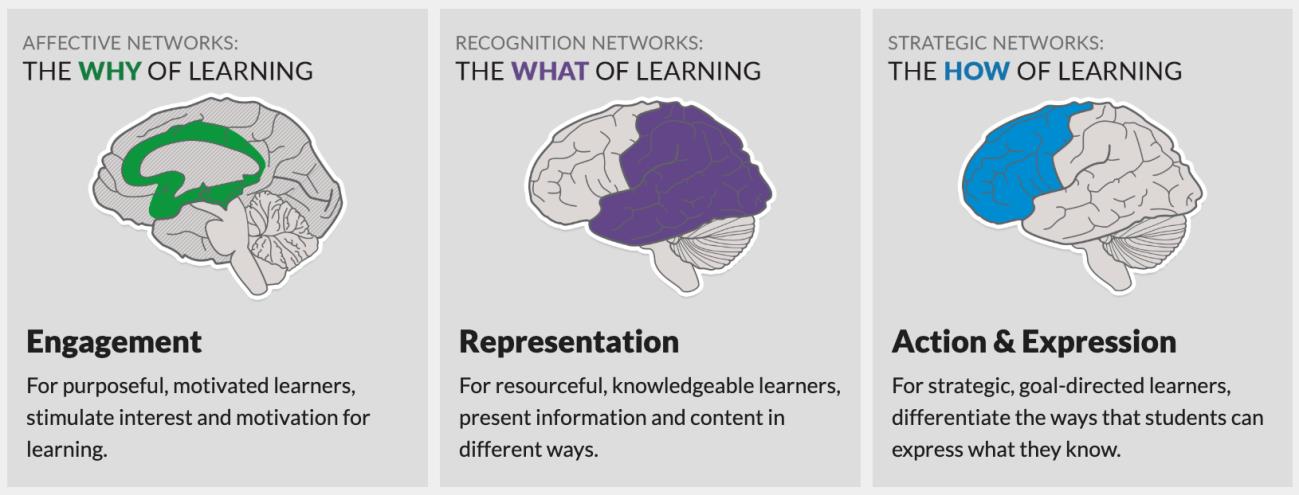Privacy in Digital Learning: What should students expect regarding their privacy when learning online? Think about what level of privacy is reasonable, and why.
I believe it is very important to have privacy when online learning in a way that does not impact collaboration and accessibility. I think a part of this is figuring out a method to ensure that an individual’s personal privacy is protected, while still ensuring that they are able to interact with others. To ensure that this is the case, it is important for the educators to have clear and transparent communication with their students about ways in which their privacy can be protected and allows individuals to give consent where possible.
Privacy vs. Educational Needs: Sometimes, schools or teachers might need to use tools or take actions that could affect student privacy. Can you think of situations where this might be acceptable or necessary? How can we balance the need to protect student privacy with the need to meet educational goals?
When online learning became very prevalent during COVID, I believe this was one of the challenges that was faced. It is absolutely necessary to find a balance with protecting student privacy while also meeting educational goals. For example, when zoom became the main method for teaching class, some professors felt that individuals could have their camera’s off as they were in their personal spaces. However, some felt it was necessary for students to have their cameras on so that they could actively engage. This debate was also prevalent for when classes would be recorded. For example, if a teacher was recording a class that would be posted to external resources, I think it would important to preface this and gain consent from the individuals, and allow them the option to be on camera or not. I believe a significant factor in finding the balance of protecting student privacy and meeting educational goals comes through transparency and following ethical considerations.
Universal Design for Learning: Reflect on the UDL framework. Originally, it was created to help students with learning disabilities, but now it aims to prevent all types of exclusion. How can UDL effectively be used in digital learning to ensure every student has access and feels included?
UDL was originally created to help students with learning disabilities, however, over time it has developed to prevent all types of exclusion. This has been an important implementation as it ensures accessibility and inclusion n digital learning. Some of the strategies include using a variety of methods for engagement, using a variety of assessment methods, and allowing the possibility of personalized learning experiences for individuals who may have different learning styles. Below is an example of the UDL framework that can be adopted by educators:

Source: https://h5pstudio.ecampusontario.ca/content/1905
Ethics and Digital Tools in Education: What ethical considerations should be taken into account when choosing and using digital tools in education? How can educators and institutions ensure they are using technology ethically?
There are many ethical considerations that should be taken into account when choosing and using digital tools in education. In this week’s reading, a main focus outlined was on privacy and data collection. The authors discuss the debates that have occurred around ethical concerns specifically in the K-12 environment (Regan & Jesse, 2019). I found this to be interesting as specifically with digital tools used in K-12 environments, it is important to ensure that student’s privacy is protected. It is also important to focus on the resources that are used. For example, if a student is using a website that collects data, it is important to know what the data is being used for and where the data is being shared. Especially as these students are minors, they need to be protected. To ensure that best practices are followed, it is important for all educators and institutions to be trained and informed on the ethical practices to use for digital learning and it is important to have a set of standards that are maintained.